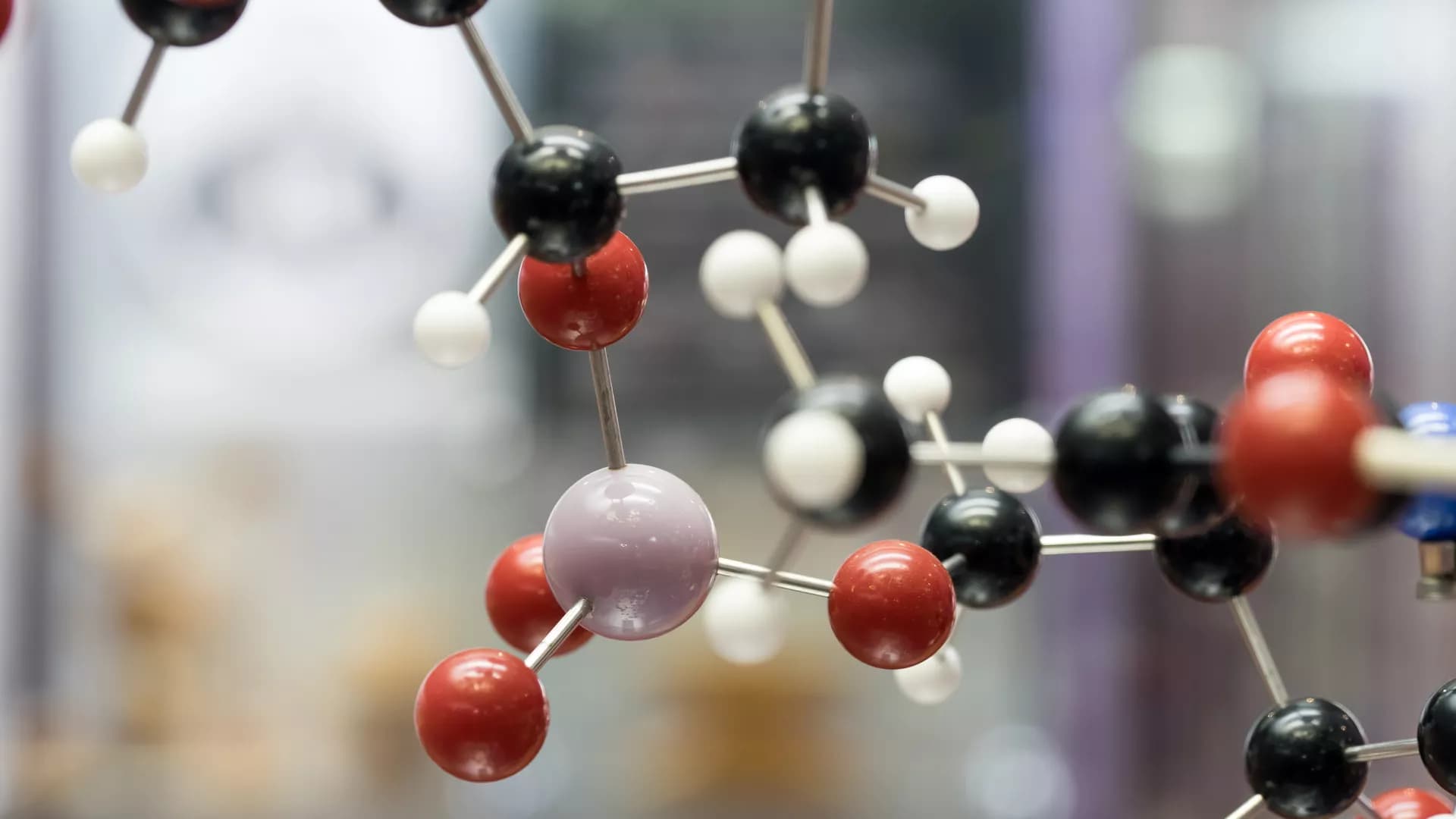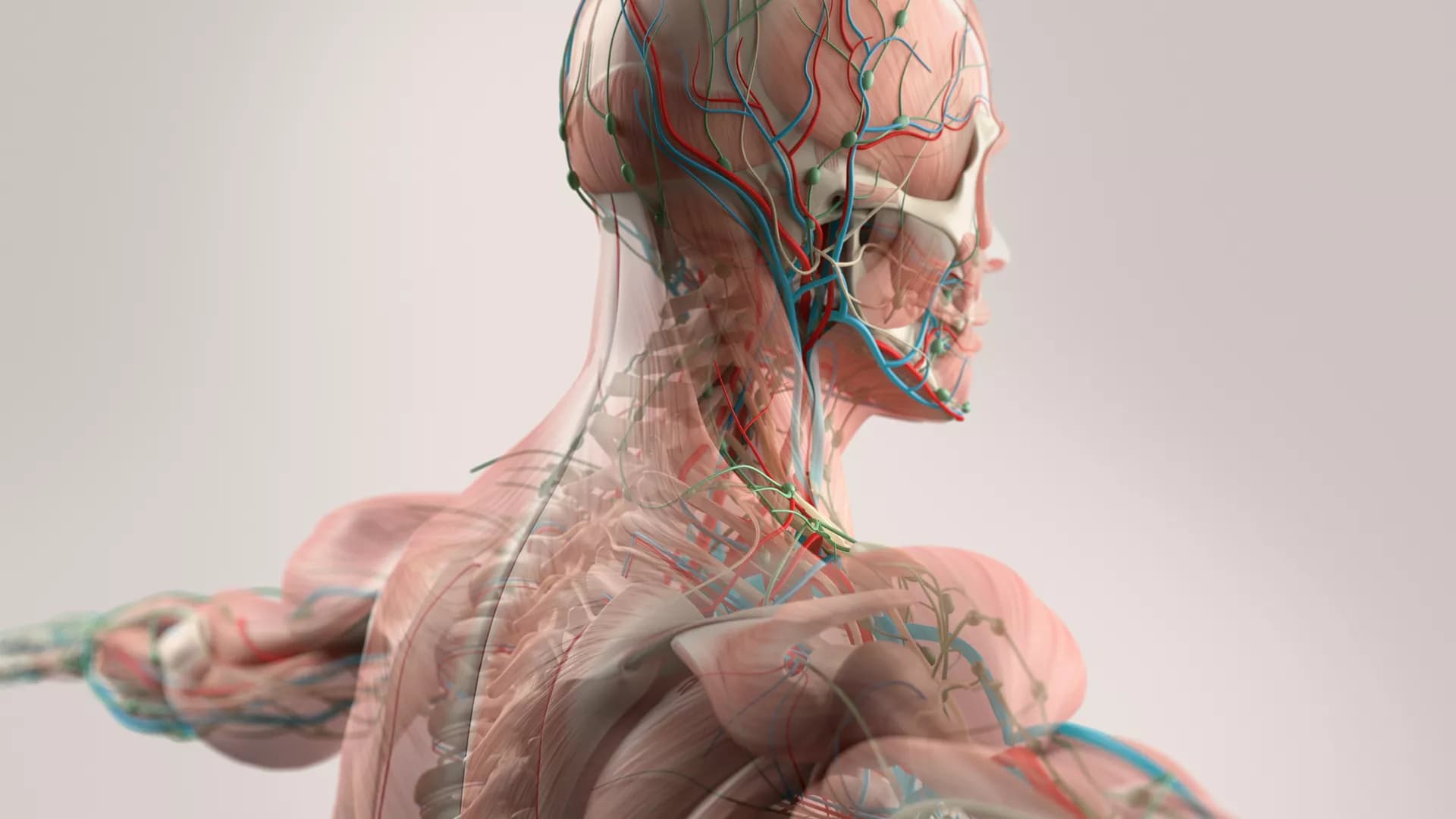Macropinocytosis is a clathrin-independent endocytosis leading to the formation of large endocytic vacuoles (called macropinosomes) that can be discriminated on the basis of the incorporation of high-molecular-weight dextran (> 10 kDa). Macropinosomes are heterogeneous in size and range from 0.2 to 5 µm in diameter, whereas clathrin or caveolin-coated endocytic vesicles are approximately 120 and 60 nm in size. Macropinocytosis plays a key role in the important biological processes: uptake of nutrients, antigen, various bacteria, viruses, cell-penetrating peptides or prion. Recent studies have demonstrated that macropinocytosis-mediated massive membrane retrieval is required for the reduction of growth cone surface area (growth cone collapse) by repulsive axon guidance cues. More recently, it has been reported that an amino acid supply by macropinocytosis of protein is essential pathway for growth of oncogenic Ras-transformed cells. Thus macropinocytic membrane retrieval has been proposed as an important component for development, health, and disease.
Macropinocytosis is generated by 2 distinct processes-actin-dependent membrane ruffling and fusion of membrane ruffles with the plasma membrane. The small GTPase Rac1 and Cdc42, as well as Pak1, promote cytoskeletal reorganization, have been studied as the positive regulator of macropinocytosis. Epidermal growth factor (EGF) is known to activate Rac1 and cdc42, thereby inducing macropinocytosis. The most characteristic feature of macropinocytosis is highly sensitive to amiloride and related compounds, inhibitors of Na+/H+ exchanger (NHE). NHE is an integral membrane protein which exchanges one intracellular H+ ion for an extracellular Na+ ion. During macropinocytosis EGF modestly increases submembranous pH by stimulating NHE isoforms 1 (NHE1). An amiloride derivative HOE-694, a NHE1 selective inhibitor, blocks EGF-induced activation of Rac1 and cdc42 by modestly lowering submembranous pH without affecting clathrin-dependent endocytosis. Due to this unique pH-sensitivity of macropinocytosis, NHE inhibitors have been used to identify macropinocytosis. Although numerous stimuli mentioned above have been demonstrated to induce macropinocytosis using amiloride and related compounds, the molecular mechanisms of how they regulate NHE itself, intracellular pH, and pH-sensitive GTPase activation are poorly understood. Elucidation of these mechanisms may provide a target suitable for a therapeutic approach in diseases.
In current research topic, we aim to promote the progress towards understanding the role of macropinocytosis and its regulatory mechanisms in development, disease, and peptide-based siRNA/protein transduction. We encourage the submission of original research reports, new methodology (for live imaging of macropinocytosis, submembranous pH, activation of GTPase in vitro and in vivo), review articles, commentaries, perspectives or short communications. We also encourage the submission of original research reports regarding macropinocytosis-based therapeutic approach.
Macropinocytosis is a clathrin-independent endocytosis leading to the formation of large endocytic vacuoles (called macropinosomes) that can be discriminated on the basis of the incorporation of high-molecular-weight dextran (> 10 kDa). Macropinosomes are heterogeneous in size and range from 0.2 to 5 µm in diameter, whereas clathrin or caveolin-coated endocytic vesicles are approximately 120 and 60 nm in size. Macropinocytosis plays a key role in the important biological processes: uptake of nutrients, antigen, various bacteria, viruses, cell-penetrating peptides or prion. Recent studies have demonstrated that macropinocytosis-mediated massive membrane retrieval is required for the reduction of growth cone surface area (growth cone collapse) by repulsive axon guidance cues. More recently, it has been reported that an amino acid supply by macropinocytosis of protein is essential pathway for growth of oncogenic Ras-transformed cells. Thus macropinocytic membrane retrieval has been proposed as an important component for development, health, and disease.
Macropinocytosis is generated by 2 distinct processes-actin-dependent membrane ruffling and fusion of membrane ruffles with the plasma membrane. The small GTPase Rac1 and Cdc42, as well as Pak1, promote cytoskeletal reorganization, have been studied as the positive regulator of macropinocytosis. Epidermal growth factor (EGF) is known to activate Rac1 and cdc42, thereby inducing macropinocytosis. The most characteristic feature of macropinocytosis is highly sensitive to amiloride and related compounds, inhibitors of Na+/H+ exchanger (NHE). NHE is an integral membrane protein which exchanges one intracellular H+ ion for an extracellular Na+ ion. During macropinocytosis EGF modestly increases submembranous pH by stimulating NHE isoforms 1 (NHE1). An amiloride derivative HOE-694, a NHE1 selective inhibitor, blocks EGF-induced activation of Rac1 and cdc42 by modestly lowering submembranous pH without affecting clathrin-dependent endocytosis. Due to this unique pH-sensitivity of macropinocytosis, NHE inhibitors have been used to identify macropinocytosis. Although numerous stimuli mentioned above have been demonstrated to induce macropinocytosis using amiloride and related compounds, the molecular mechanisms of how they regulate NHE itself, intracellular pH, and pH-sensitive GTPase activation are poorly understood. Elucidation of these mechanisms may provide a target suitable for a therapeutic approach in diseases.
In current research topic, we aim to promote the progress towards understanding the role of macropinocytosis and its regulatory mechanisms in development, disease, and peptide-based siRNA/protein transduction. We encourage the submission of original research reports, new methodology (for live imaging of macropinocytosis, submembranous pH, activation of GTPase in vitro and in vivo), review articles, commentaries, perspectives or short communications. We also encourage the submission of original research reports regarding macropinocytosis-based therapeutic approach.







